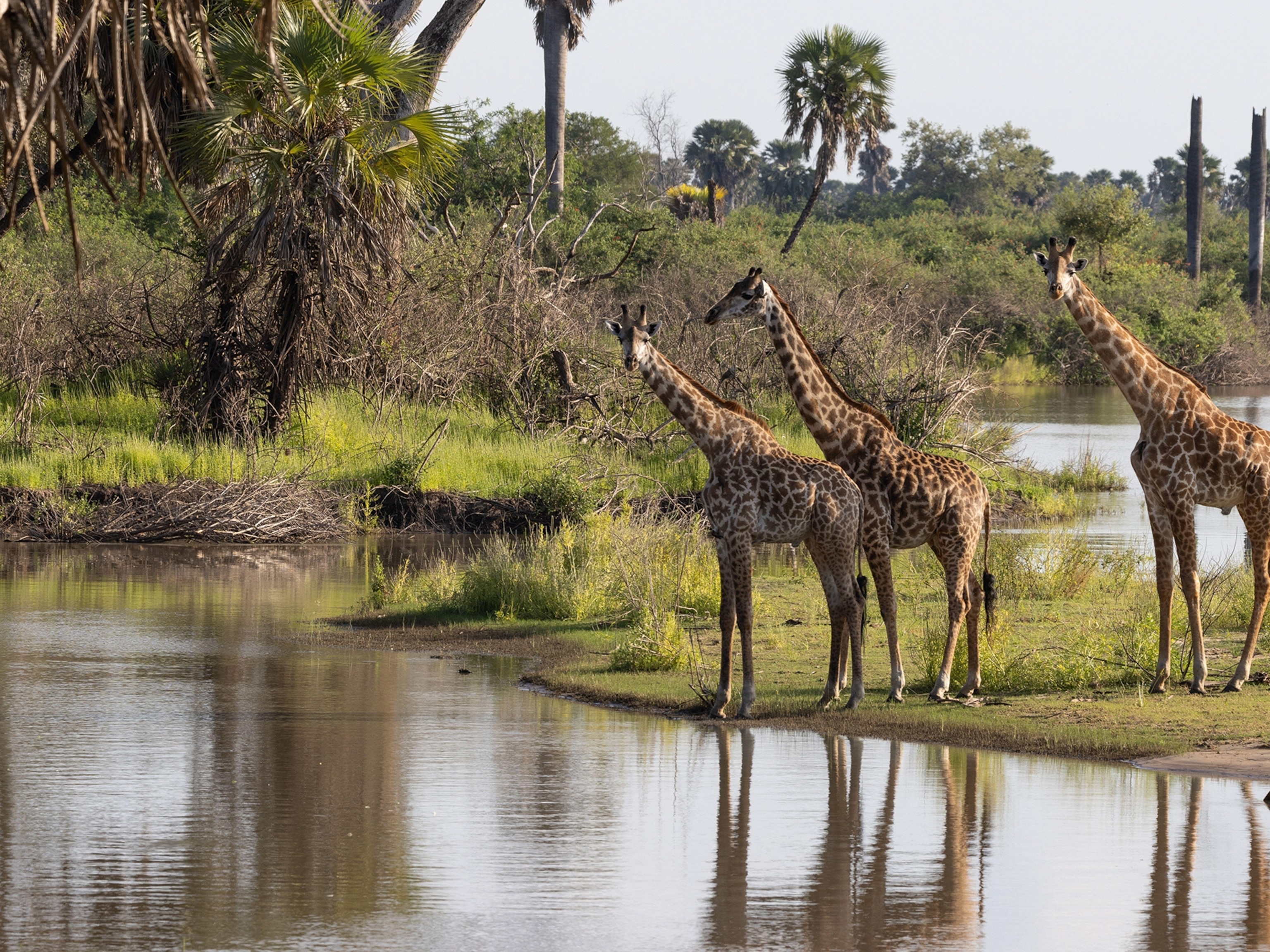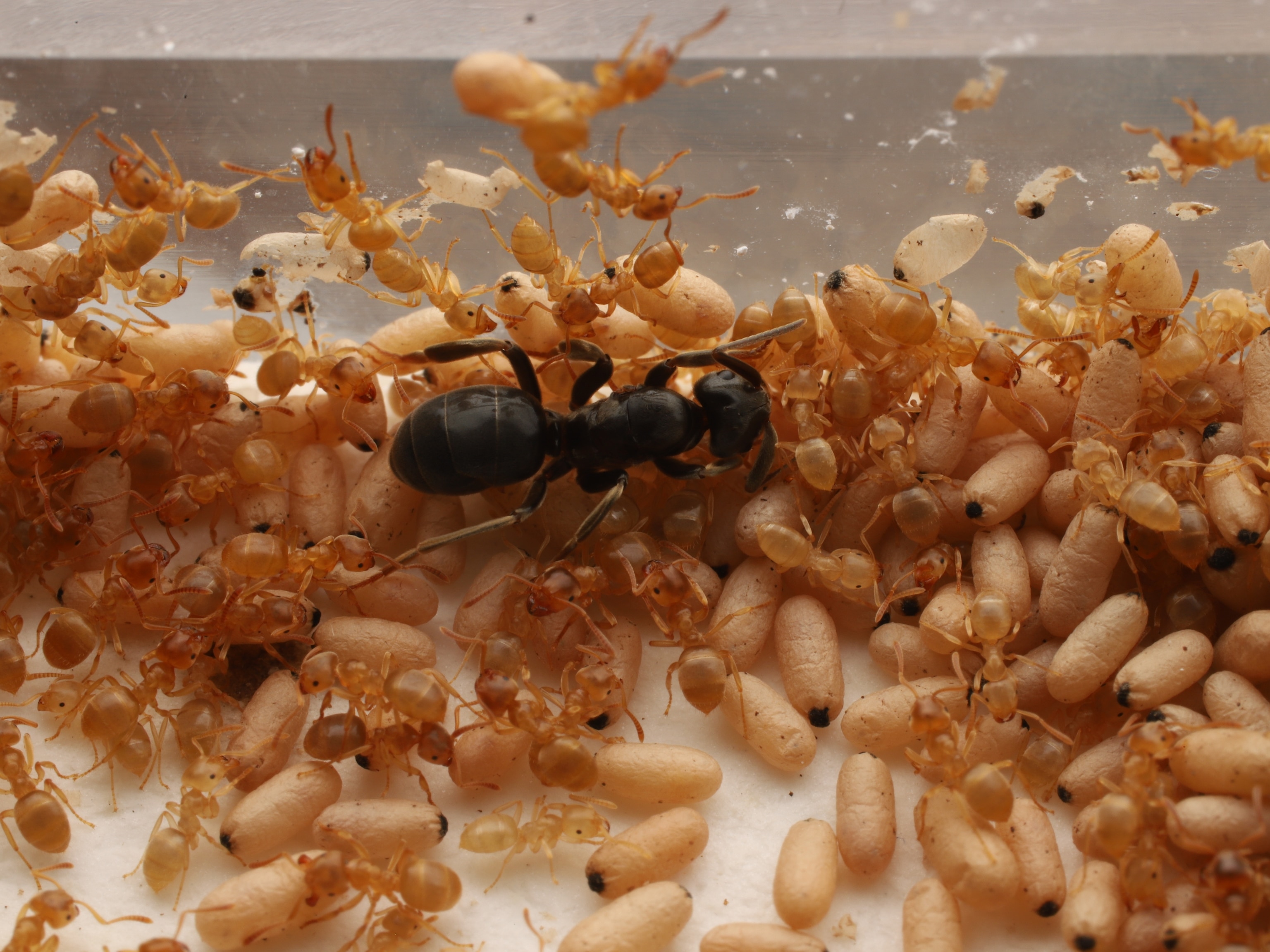Duking it out over dung, beetle battle heads into overtime
Watch two dung beetles fight for the right to take home a critical resource.
Two individuals fighting over a dung ball sounds like a metaphor for a bad love triangle.
For dung beetles, though, it’s survival. Dung is a valuable resource, used as food and as a nursery for beetle babies. Each fighter in this video both intends to roll off with the grand prize, and they’re surprisingly relentless. (Related: Weird and fascinating ways animals use poop.)
(Watch: Giant Wasp vs. Giant Spider Battle Ends With a Twist)
This battle took place in South Africa, at the Djuma Game Reserve, between what is likely two copper dung beetles, according to Max Barclay, the senior curator in charge of beetles at the Natural History Museum in London.
Copper dung beetles are native South Africa and the southernmost points of Botswana, Zimbabwe, and Mozambique.
Dung is so important to these insects that Barclay compares the dung pile to a bag of money dropped in the street. “Everyone would grab as much as they could, get it somewhere safe, and then come back for more,” he says in an email.
Ground Strategy
What’s required in a scrap like the one in the video, Barclay says, is for one beetle to throw the other off balance.
“They have a recovery time after landing when they are helpless, and also their delicate wings would be exposed to risk,” he says. He points out that the interloper flies in but lands a safe distance away, closes its wings, and then attacks on foot.
That’s because having wings doesn’t mean aerial attack is a great option.
“Some insects do fight in the air—butterflies and wasps, for example,” says Doug Emlen, a biologist at the University of Montana in Missoula and author of Animal Weapons: The Evolution of Battle. Beetles are bulky and “far from agile,” he says, so ground war is their best option.
Their strength, then, is their strength.
This fight showcases “the astounding power-to-mass ratio of the dung beetle,” says James Hendry, head guide for Safari Live which filmed the footage. For example, the bull-headed dung beetle, a species of horned beetle native to southern Europe, North Africa, Turkey, and the Middle East, can pull over 1,100 times its own weight. (Related: Dung Beetles Navigate Via the Milky Way, First Known in Animal Kingdom.)
Rollers, Tunnelers, and Dwellers
Beetles deal with dung in three different ways. Rollers, like the ones in the video, take dung from a dung pile, make it into a ball and roll it away to bury for food or to lay eggs in. Tunnelers take their dung underground for safe-keeping. Dwellers just live in the dung pile.
Emlen thinks fighting strategies may be why tunnelers have horns but rollers don’t.
Tunnelers fight one-on-one “duels” within the confines of their tunnels. In a situation like this, which favors the better armed male, having a horn is an advantage and thus worth the energy investment of growing one.
But fights between rollers, which occur on the surface and often involve more than just two beetles, are chaotic scrambles with unpredictable outcomes, Emlen says. The biggest doesn’t always win. Therefore, investing energy in growing a body weapon like a horn wouldn’t be advantageous for the rollers, Emlen says.
All that competition for dung may be what lead to rolling in the first place, Emlen says, because the goal is to get the resource away from the pack and to safety.
Check out more videos from Safari Live here.





